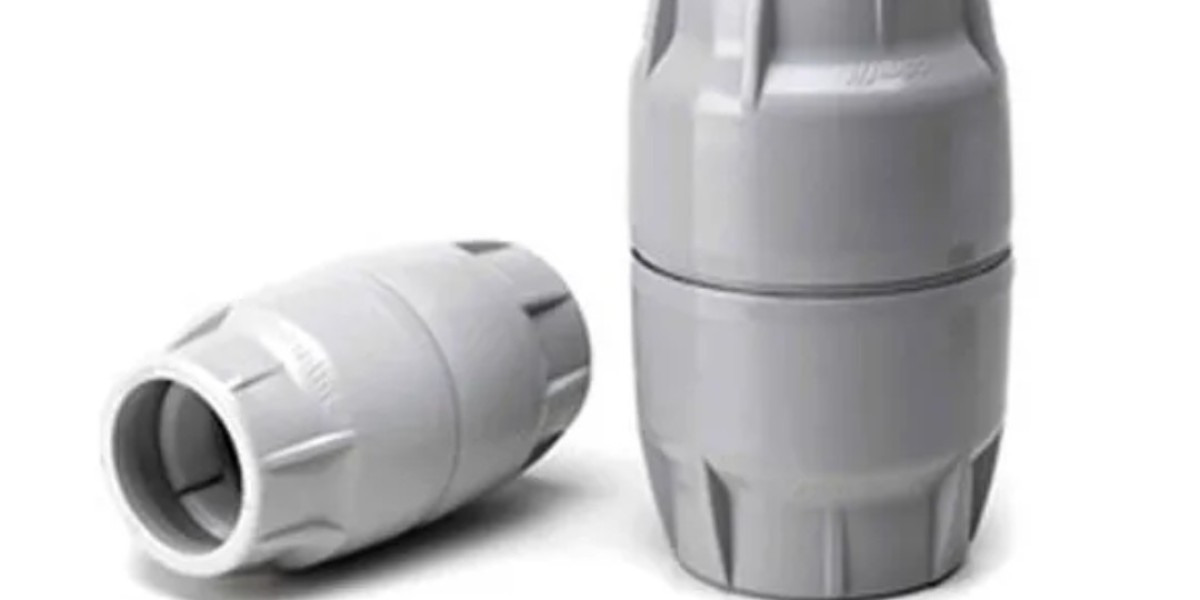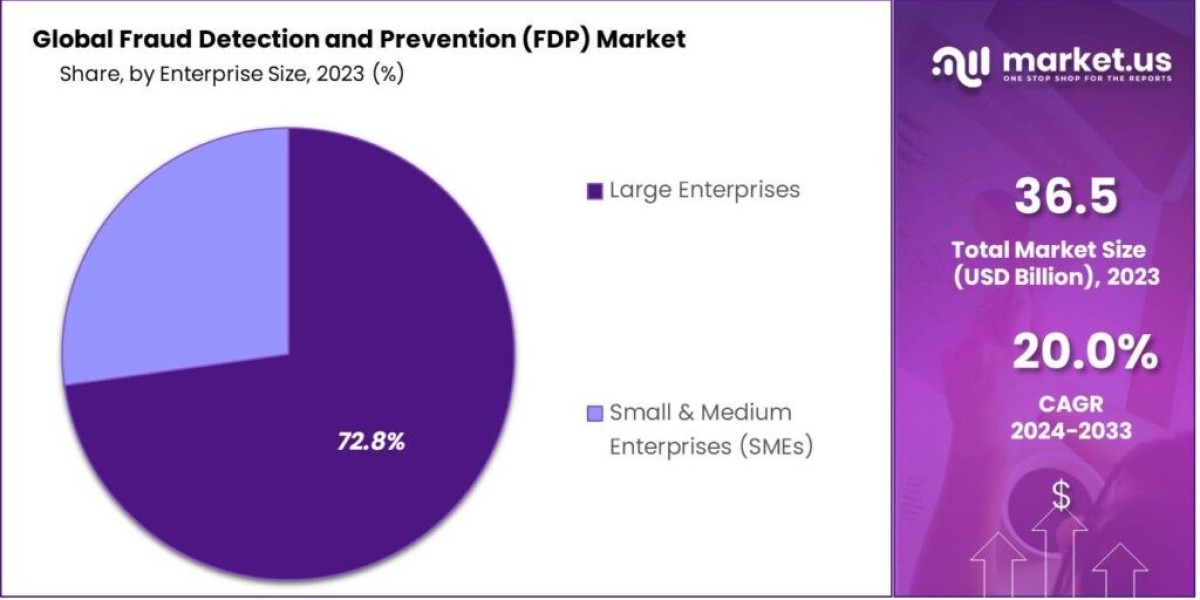In modern construction, especially in underground conduit installations for electrical and communication networks, the importance of secure and reliable connections cannot be overstated. High-Density Polyethylene (HDPE) duct couplers have emerged as a crucial component in ensuring the efficient joining of HDPE ducts. These couplers play a vital role in providing strength, stability, and protection to underground conduit systems. This article explores HDPE Duct Coupler Fittings, their applications, benefits, and their integral role in underground duct installations.
What is an HDPE Duct Coupler?
An HDPE duct coupler is a device specifically designed to connect two segments of HDPE ducts. HDPE ducts are commonly used for housing and protecting cables in underground installations, such as fiber optics, telecommunications, and power distribution networks. The duct coupler ensures a secure and tight connection between the ducts, preventing movement, misalignment, and damage to the cables inside.
HDPE duct couplers are engineered to withstand various environmental factors, including soil pressure, temperature changes, moisture, and chemicals. They ensure that conduits remain firmly connected over time, even in the presence of external forces like ground movement or heavy loads.
Key Benefits of HDPE Duct Couplers
HDPE duct couplers offer several advantages, making them the preferred choice for underground installations:
Secure and Durable Connections: HDPE duct couplers provide a strong and reliable connection between HDPE ducts, ensuring that the conduits remain securely joined for the long term. This helps to protect the cables inside from potential damage due to misalignment or movement.
Resistance to Corrosion and Chemicals: HDPE is highly resistant to corrosion and chemicals commonly found in soil and underground environments. This resistance ensures that the couplers maintain their integrity over time, even in harsh conditions.
Flexibility and Versatility: HDPE duct couplers come in a variety of sizes and configurations to accommodate different duct diameters and installation requirements. This versatility allows them to be used in a wide range of applications, from small-scale residential projects to large-scale infrastructure installations.
Easy to Install: HDPE duct couplers are designed for ease of installation, often featuring snap-on or push-fit designs that require minimal tools and labor. This simplifies the installation process and reduces the time required to join conduits.
Cost-Effective Solution: Due to their durability, long lifespan, and low maintenance requirements, HDPE duct couplers offer a cost-effective solution for connecting conduits in underground installations. They help reduce the need for frequent repairs or replacements, which can be costly in large-scale projects.
Waterproof and Airtight Sealing: Many HDPE duct couplers are designed to provide a waterproof and airtight seal between ducts, protecting the cables inside from moisture and contamination. This is particularly important in environments where water intrusion could lead to cable damage or system failures.
High Impact Resistance: HDPE duct couplers are resistant to impact and pressure, making them suitable for use in environments where the conduits may be exposed to heavy loads or ground movement. This ensures the integrity of the connection even under challenging conditions.
Applications of HDPE Duct Couplers
HDPE duct couplers are used in a wide range of industries and applications, including:
Telecommunications: HDPE duct couplers are commonly used in the telecommunications industry to join conduits that house fiber optic cables. Their ability to provide a secure, waterproof connection is essential for protecting delicate cables from damage during installation and over time.
Power Distribution: In electrical power distribution systems, HDPE duct couplers are used to connect conduits that house power cables. By providing a strong and secure connection, these couplers help ensure the reliability and safety of the power network.
Infrastructure Projects: HDPE duct couplers are used in various infrastructure projects, including roadways, bridges, and tunnels. They help maintain the integrity of underground conduit systems, protecting cables that carry power, data, and communication signals.
Municipal Utilities: Municipal utility systems, such as water, gas, and sewer lines, often use HDPE duct couplers to join conduits that protect critical infrastructure. These couplers help prevent damage to the conduits from ground movement or external forces.
Renewable Energy: In renewable energy installations, such as solar farms and wind turbines, HDPE duct couplers are used to connect conduits that carry power cables. Their ability to provide a strong, reliable connection ensures the safe transmission of energy from the source to the grid.
Types of HDPE Duct Couplers
The HDPE Duct Coupler India come in several different types, each designed for specific applications and installation requirements. Some of the most common types include:
Snap-On Couplers: Snap-on couplers are designed for quick and easy installation. They feature a snap-fit mechanism that securely connects the ducts without the need for additional tools or adhesives. Snap-on couplers are commonly used in telecommunications and power distribution systems.
Push-Fit Couplers: Push-fit couplers are designed to provide a secure connection by simply pushing the duct ends into the coupler. This type of coupler is often used in applications where ease of installation and speed are critical.
Heat Shrink Couplers: Heat shrink couplers provide a watertight and airtight seal between HDPE ducts. They are typically installed using heat, which causes the coupler to shrink and create a tight, secure seal. Heat shrink couplers are commonly used in environments where moisture protection is essential.
Threaded Couplers: Threaded couplers feature internal threading that allows the ducts to be screwed together, creating a strong, reliable connection. These couplers are often used in applications where the conduits may be exposed to high pressure or movement.
Mechanical Couplers: Mechanical couplers use a combination of clamps, bolts, and gaskets to create a secure connection between HDPE ducts. This type of coupler is typically used in applications where a high level of strength and durability is required.
Installation of HDPE Duct Couplers
The installation process for HDPE duct couplers varies depending on the type of coupler used, but the general steps are as follows:
Prepare the Ducts: The ends of the HDPE ducts should be clean and free of debris before installation. Any rough edges should be smoothed to ensure a proper fit.
Align the Ducts: The ducts should be aligned in a straight line to ensure a secure connection. Misalignment can lead to weak points in the connection and potential damage to the cables inside.
Insert the Coupler: Depending on the type of coupler being used, the ducts are either pushed, snapped, or threaded into the coupler. The coupler should be installed according to the manufacturer's instructions to ensure a secure fit.
Seal the Connection: In some cases, additional sealing measures may be required to ensure a watertight or airtight connection. This may include the use of heat shrink tubing, gaskets, or adhesives.
Test the Connection: After installation, the connection should be tested to ensure it is secure and free from leaks. This may involve pressure testing, visual inspection, or other methods.
Conclusion
HDPE duct couplers are essential components in modern underground conduit installations. Their ability to provide secure, durable, and waterproof connections between HDPE Pipe Coupling Suppliers makes them indispensable in various industries, including telecommunications, power distribution, and infrastructure development. As demand for reliable underground systems grows, HDPE duct couplers will continue to play a critical role in ensuring the safety and efficiency of conduit networks for years to come.
FAQs About HDPE Duct Couplers
Q1: What is the primary function of an HDPE duct coupler?
A1: The primary function of an HDPE duct coupler is to securely join two segments of HDPE ducts, ensuring a stable and durable connection that protects the cables inside from environmental factors and physical damage.
Q2: Can HDPE duct couplers be used in wet environments?
A2: Yes, many HDPE duct couplers are designed to provide waterproof and airtight seals, making them suitable for use in wet or moisture-prone environments.
Q3: Are HDPE duct couplers resistant to chemicals?
A3: Yes, HDPE duct couplers are highly resistant to a wide range of chemicals, making them ideal for use in environments where chemical exposure is a concern.
Q4: How long do HDPE duct couplers last?
A4: HDPE duct couplers have a long lifespan due to their durability and resistance to corrosion, impact, and environmental degradation. They can last for decades with minimal maintenance.



